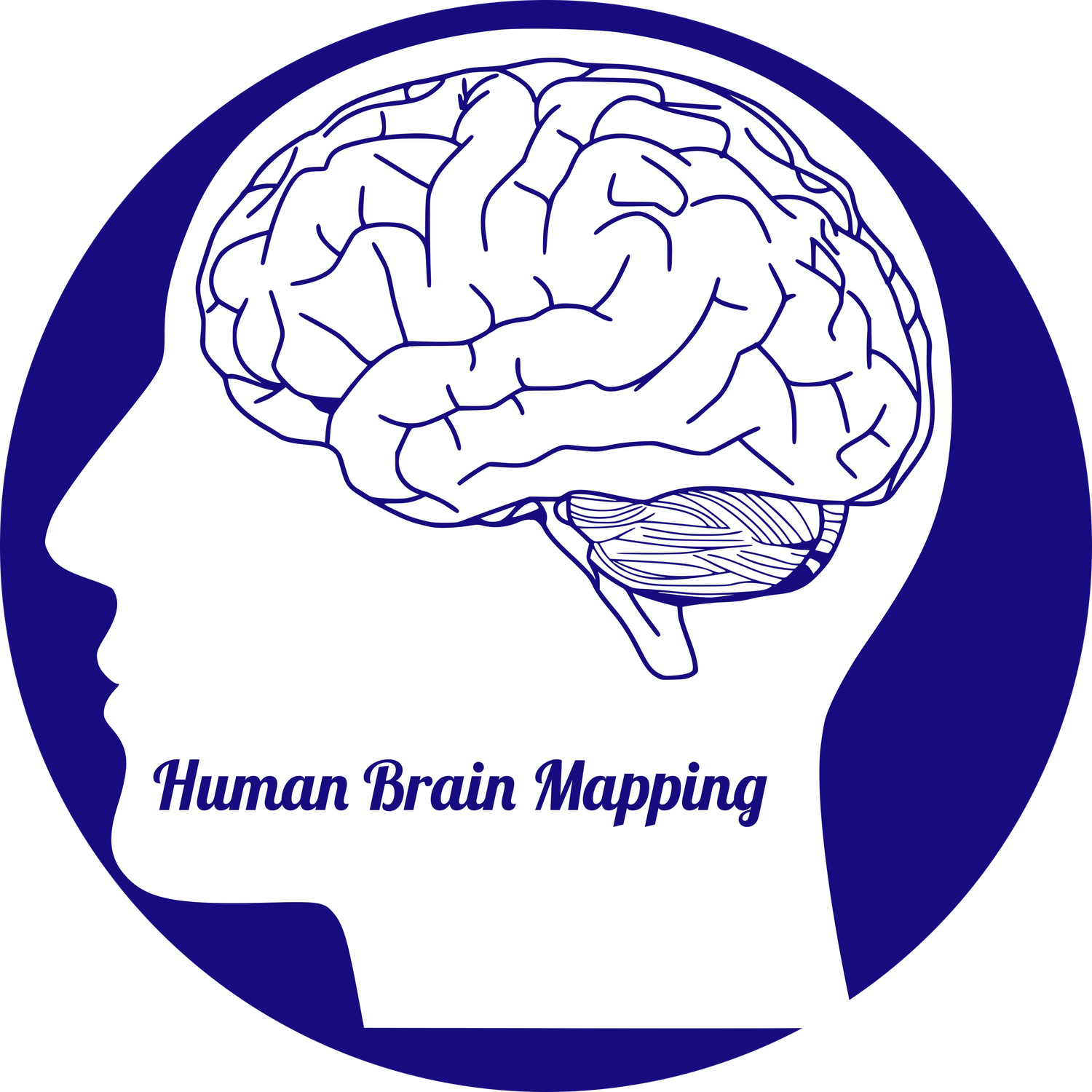A new hope for surgical epilepsy patients: a new technique increases the chance of seizure freedom and may spare patients risks and invasive procedures
CONTACT: Www.humanbrainmapping.net/contactus
Story update 6/19/2018: Follow the story at Yale News :
https://news.yale.edu/2018/06/19/new-technique-fine-tunes-treatment-severe-epilepsy-cases
For Immediate Release: June, 14, 2018
A new hope for surgical epilepsy patients: a new technique increases the chance of complete seizure freedom and may spare the patients, risks and invasive procedures
New Haven, Connecticut. A recent study published in JAMA Neurologyon June 11, 2018 showed that seizures recorded during routine magnetoencephalography, often referred to as MEG provide unique localizing information in a considerable number of surgical epilepsy patients even in the most challenging scenarios. MEG is a technology that is based on recording the magnetic activity accompanying the small electrical currents arising from the surface of the epileptic brain areas. Importantly, the researchers validated their findings by showing the correlation between the resection of implicated brain areas and complete seizure freedom after brain surgeries. Furthermore, the authors demonstrated that it is possible to record seizures during brief routine MEG studies, and that presented 12% of patients referred to highly specialized surgical centers.
Epilepsy affects approximately 3 million Americans and many other millions worldwide according to the Center for Disease Control (CDC). Up to one-third of the individuals with epilepsy are refractory to medical therapy and are considered candidates for surgical interventions. Epilepsy surgery is an underutilized tool that can be a life-changing procedure. Identifying the epileptic focus, defined as the brain tissue that is indispensable for seizure generation, and which resection leads to complete seizure freedom is the holy grail of epilepsy surgery. A subset of surgical patients may require an invasive intracranial EEG evaluation to delineate the focus. This procedure gives hope, yet, presents risks and challenges. The findings of Dr. Alkawadri and his colleagues provide a real hope and present an intermediate step for localization of the epileptic focus to guide the evaluation before considering more invasive steps. The modality has been used to evaluate inter-ictal discharges; the authors demonstrate here the clear added benefit of recording seizures during routine MEG studies.
The study was conducted via a collaborative effort between the Yale University and the Cleveland Clinic, and involved a retrospective medical record review and prospective analysis of a novel method of localization of ictal rhythms. In this medical record analysis of 44 patients, MEG provided unique and more localizing information, including in several “EEG-silent” cases and in some cases that were not localizable otherwise. The authors also found that extended source localization was more suitable for analysis of ictal rhythms than commonly used single point solutions. The study abstract notes that the enrollment spanned over a four-year period between 2008 and 2012 and subsequently the data analyzed from 2011 to 2015. “We are passionate about providing world-class care and advancing boundaries in caring for patients with drug-resistant epilepsy” Dr. Alkawadri, the lead author on the paper, and the Director of Yale Human Brain Mapping Program says. “Imagine being able to see the electrical activity during seizures at the surface of the brain with a resolution of a millimeter or less without opening the skull or any other surgical procedures,” Dr. Alkawadri from Yale University continues to say. “This is what we exactly demonstrated in the study.”
“It has been our approach to integrate MEG in presurgical planning for the past 10 years or so, with an emphasis on patients with discordant findings, and those with less-localizable patterns, or paucity of EEG epileptic discharges. We know exactly how beneficial it could be. Now, it’s the time to share our findings with the rest of the world” Dr. Alexopoulos a senior author on the paper says. “Several logistical challenges exist, only a little over a handful of centers in the United States operate this technology. Our findings strongly support the use of MEG or adapting alternatives in routine practices in the presurgical evaluations.” Dr. Alexopoulos adds.
To the authors' knowledge, this is the most extensive series on the localizing yield of ictal MEG. It highlights the importance of recording seizures during routine MEG studies, if possible. The findings of the current study extend present knowledge and underline the unique additional localizing information provided by ictal MEG. Ictal MEG recordings should be sought whenever possible, and consideration could be made to arrange for MEG recording while patients are still in the epilepsy monitoring units or on reduced doses of anti-seizure medications if feasible, provided the MEG suite is staffed suitably.
“Just to be clear, this is not to propose that the new approach can replace intracranial EEG evaluations which is the standard of care in a subset of surgical cases,” says Dr. Alkawadri, “however, improving on the care of this subset of patients and the entire cohort of surgical patients is the goal.” The findings would support the use of more targeted and focused invasive sampling of the brain, and in the best-case scenario may enable clinicians to bypass the invasive evaluations altogether in some situations, reducing the risks posed to the surgical patients.
Authors: Rafeed Alkawadri, Richard C. Burgess, John C. Mosher, Yosuke Kakisaka, Andreas V. Alexopoulos
The study received proper approval of the institutional review boards and was funded by the American Epilepsy Society, the National Institutes of Health, and the Yale Center for Clinical Investigations.
Keywords: Epilepsy Surgery, MEG, Intracranial EEG, Mapping, High Frequency Oscillations, Epilepsy Cure, Biomedical Technology.
Citation: DOI: 10.1001/jamaneurol.2018.143
The MEG Suite at the Cleveland Clinic.
Visualization of MEG seizures on the brain.


